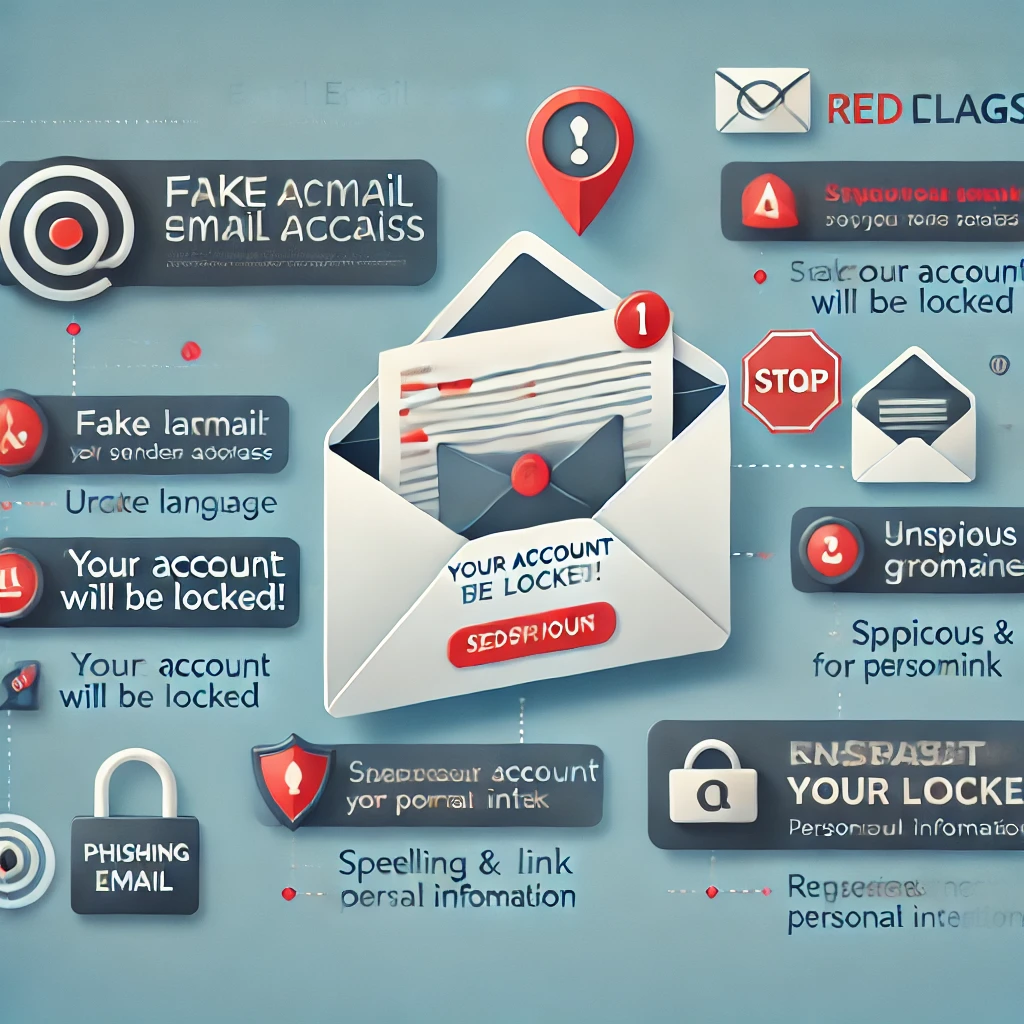
Imagine this: You’re sipping your morning coffee, scrolling through your emails, and you see a message from your “boss” asking you to urgently update your payroll details. It looks legit—same logo, same tone, even the same email signature. But here’s the kicker: it’s not your boss. It’s a scammer, and you’ve just been hooked by a 2025 phishing attack.
Phishing isn’t just about poorly written emails from “Nigerian princes” anymore. In 2025, cybercriminals are using AI-powered tools to craft hyper-personalized messages that are almost impossible to distinguish from the real thing. They’re targeting your social media, your text messages, and even your smart home devices.
Here’s what you need to know to stay safe:
- Deepfake Audio Phishing: Scammers can now clone voices using AI. That “urgent call” from your CEO? It might be fake.
- QR Code Scams: Those handy little squares are being used to redirect you to malicious sites. Think twice before scanning!
- AI-Generated Emails: Phishers are using ChatGPT-like tools to write flawless, convincing emails. Grammar mistakes? A thing of the past.
Pro Tip: Always double-check requests for sensitive information, even if they seem to come from someone you trust. When in doubt, pick up the phone and verify directly.
Phishing is evolving, but so are we. Stay tuned for more tips on how to outsmart the scammers in 2025!
2. “The Rise of Quantum Computing: What It Means for Your Data Security (and Why You Should Care)”
Quantum computing sounds like something out of a sci-fi movie, but in 2025, it’s becoming a reality—and it’s about to shake up the world of cybersecurity. While quantum computers promise to solve complex problems faster than ever, they also pose a massive threat to encryption.
Here’s the deal: the encryption methods that currently protect your sensitive data (like passwords and credit card info) could be cracked in seconds by a powerful quantum computer. Yikes!
What does this mean for you?
- Post-Quantum Cryptography: New encryption methods are being developed to withstand quantum attacks. Is your business ready to upgrade?
- Data Harvesting: Hackers are already stealing encrypted data today, hoping to decrypt it later using quantum computers.
- Stay Ahead: The time to future-proof your security is now.
Don’t worry, we’ve got your back. Stay tuned for a deep dive into how your business can prepare for the quantum revolution.
3. “The Dark Side of Smart Homes: How Your Fridge Could Be Spying on You”
Your smart fridge knows when you’re out of milk. Your thermostat adjusts itself to your perfect temperature. Your voice assistant plays your favorite playlist on command. But here’s the creepy part: these devices could also be a gateway for hackers.
In 2025, IoT (Internet of Things) devices are more connected than ever—and so are the risks. From smart TVs to baby monitors, every device is a potential entry point for cybercriminals.
Here’s what you need to watch out for:
- Botnet Attacks: Hackers can hijack your devices to launch large-scale cyberattacks. Yes, your toaster could be part of a cybercrime army.
- Data Leaks: Your smart devices collect a ton of personal data. If not secured, that info could end up in the wrong hands.
- Ransomware for IoT: Imagine being locked out of your own home until you pay a ransom. Scary, right?
How to protect yourself:
- Change default passwords on all devices.
- Keep firmware updated.
- Use a separate network for IoT devices.
Your smart home should make life easier, not riskier. Let’s keep it that way!
4. “The End of Passwords? Why 2025 Might Be the Year We Finally Say Goodbye”
Let’s face it: passwords are a pain. They’re hard to remember, easy to hack, and let’s be honest—most of us reuse the same one for everything. But in 2025, the passwordless future is finally here.
What’s replacing passwords?
- Biometric Authentication: Your face, fingerprint, or even your heartbeat could be your new login.
- Passkeys: These are cryptographic keys stored on your device, making them nearly impossible to hack.
- Behavioral Biometrics: How you type, swipe, or hold your phone could be your unique identifier.
Why this matters:
- No more password resets or forgotten credentials.
- Enhanced security—no more guessing games for hackers.
- A smoother, faster login experience.
The future is passwordless, and it’s looking pretty sweet. Are you ready to make the switch?
5. “The Invisible Threat: How Cybercriminals Are Hacking Your Brain (and Your Wallet)”
In 2025, hackers aren’t just targeting your devices—they’re targeting you. Using advanced psychological tactics, cybercriminals are manipulating people into giving up sensitive information or making costly mistakes.
Here’s how it works:
- Social Engineering: Scammers use emotional triggers like fear, urgency, or curiosity to trick you into clicking malicious links or sharing personal info.
- AI-Powered Manipulation: AI tools analyze your online behavior to craft personalized scams that feel eerily accurate.
- Deepfake Videos: Imagine receiving a video message from a “colleague” asking for a wire transfer. It looks real, but it’s not.
How to fight back:
- Be skeptical of unsolicited requests, no matter how convincing.
- Educate yourself and your team on the latest scams.
- Use multi-factor authentication to add an extra layer of security.
Your mind is your first line of defense. Don’t let the hackers win!